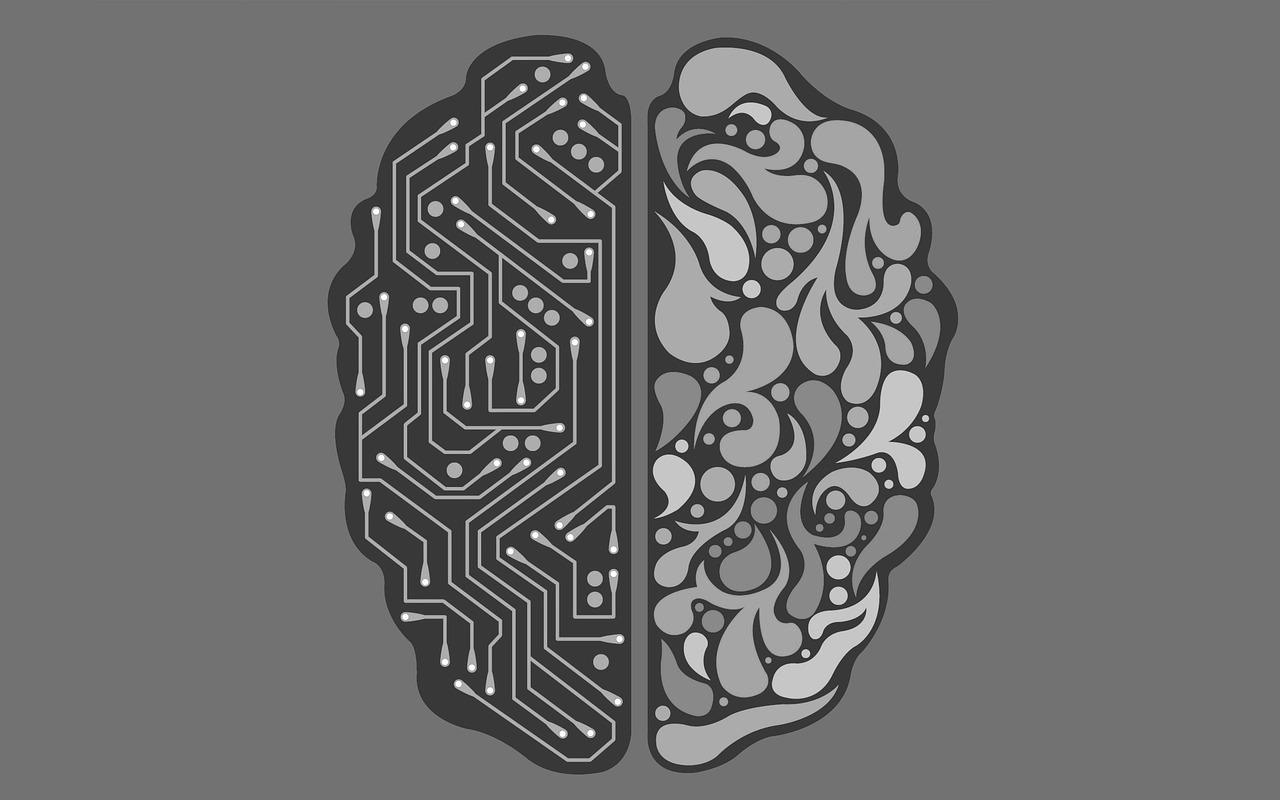Healthcare, Education, Smart Cities and Transportation Identified as Key Sectors
On June 4th, the NITI Aayog published a discussion paper[fn]Can be downloaded from – http://niti.gov.in/writereaddata/files/document_publication/NationalStrategy-for-AI-Discussion-Paper.pdf [/fn] titled “National Strategy for Artificial Intelligence”. While recognizing the potential of AI for the economic and social growth of India, the paper identifies five sectors which are set to play a pivotal role in the adoption of AI in the country and are likely to benefit from Government intervention – Healthcare, Agriculture, Education, Smart Cities and Infrastructure and Smart Mobility and Transportation. These sectors were chosen as private sector participation alone was deemed insufficient to drive AI adoption in these categories (sectors such as banking and manufacturing seem to have been purposely ignored despite them driving AI usage in India). The paper envisions India as a research hub for AI related technologies; it recognizes the need for skilling its workforce for better adoption; the need for creating awareness and supporting start-ups; and the importance of maintaining ethics, privacy and security with the use of AI.
India – AI Garage of the World
The discussion paper pits India’s ambitions in becoming an AI garage for the world. It imagines India to be a playground for global institutions to develop scalable solutions which can be easily adopted in other developing nations. For establishing India as a research hub, the paper calls for setting-up of centres of research – Centre of Research Excellence in AI (these institutions will focus on core research and building a knowledge base around AI) and International Centre for Transformational AI (these institutions will be focused on creation and adoption of AI based applications). The paper also calls for a change in the Intellectual Property (“IP”) framework in India to strengthen laws for bringing AI applications under the purview of patents and protecting the financial interests of innovators, ignoring finer details like how growth of innovation will be ensured if AI applications[fn]As AI applications are computer based technologies, it is important to clarify that for the purpose of this discussion, AI applications are construed as either – a set of algorithms/ computer programme or software.[/fn] are patented and concentrated in a few hands in the industry. It has been a long standing view of experts that making computer programmes patentable will hinder innovation in technology. Currently, algorithms and computer programmes (per se)[fn]Though, as per section 3(k) of The Patents Act, 1970, computer programmes are per se not patentable, the Controller of Patents has in the past offered Patents to companies such as – Facebook, Google and Apple for their computer related inventions.[/fn] are completely excluded and are not patentable under Indian law – as per section 3(k) of The Patents Act, 1970[fn]Section 3(k) of The Patents Act, 1970, excludes mathematical or business methods, computer programmes per se and algorithms from being considered as inventions for the purposes of the Act.[/fn]. If algorithms/ computer programmes are brought under patent law, large corporations will win in the race of filing claims, thereby creating a patent thicket, impenetrable by small players. This will lead to hampering of growth, as sprucing innovation often requires open platforms and active sharing, specially in the field of technology. Even in mature patent jurisdictions like the United States, there is a growing concern around patenting of computer programmes (software). According to renowned patent reformers Bessen and Meurer – granting patents to computer software hinders innovation. In their book – ‘Patent Failure – How Judges, Bureaucrats and Lawyers Put Innovators at Risk’ they distinguish softwares from other inventions on the basis that – claims under software patents are often abstract and ambiguous which leads to a problem in determining their applicability. They say, “Abstract claims in software patents might be especially difficult to translate into well defined property boundaries.” For Bessen and Meurer, abstract claims for software patents end up rewarding patentees for inventions they do not invent and lead to reduced incentive for future inventors. They also argue that due to increased litigation in issues of software patents, the costs of litigation for such inventions far exceeds their profits.
Thus, a change in the IP framework to bring AI applications under the purview of patents is trickier than it seems. Firstly, this will require a major overhaul of the law itself, as patent law currently doesn’t recognize algorithms and computer programmes as inventions. Secondly and more importantly, the rationale behind patenting of AI applications will need to be debated, to ensure that innovation isn’t hampered.
NITI Aayog envisions ambitious uses like – Internet of Medical Things and Autonomous Trucking
The paper comprehensively enumerates various challenges faced by the identified industry sectors and offers recommendations on how AI can help overcome these challenges, but it fails to illustrate the implementation mechanism of these ambitious goals. Moreover, the solutions seem to be slightly disconnected from the ground realities of India. For example, the paper advocates the use of robotics and Internet of Medical Things for solving problems in healthcare in India and helping the Government meet its social objectives. Considering the low affordability and penetration of health services in India, it does not visit details of how such a task will be implemented or scaled up. Similarly, in Agriculture and Education, recommendations such as – soil and crop health monitoring; and adaptive learning and intelligent tutoring systems seem to be lofty goals not contextualized to the Indian situation. Implementing AI tools for soil and health monitoring will require substantial investment on both sides, (government level, as well as at farms) including educating farmers on the use of this new technology. Similarly, with ICT infrastructure a challenge in public schools, along with low teacher awareness, putting in place mechanisms such as intelligent tutoring systems and adaptive learning seems far fetched.
The paper quotes low driver cost per kilometer questioning the economic practicality of autonomous vehicles in India, but recommends investment in such technologies for the purposes of export and to build ancillary expertise. While brushing away the use of autonomous vehicles on Indian roads, the paper routes for autonomous trucking, AI in railways and use of AI in Indian cities for solving traffic woes. The chapter on smart cities and infrastructure warrants red-flagging as it recommends controversial applications of AI such as – crowd management by monitoring and predicting behaviour and implementation of safety systems by keeping a check on people’s movements by using sophisticated surveillance systems and social media intelligence platforms. Crowd monitoring and predictive behaviour need to be addressed with issues of privacy and data protection before implementation and the suggestion of a social media intelligence platform is reminiscent of the I&B Ministry’s proposed Social Media Communication Hub.
A National Data Marketplace for Increased Access to Meaningful Data
One of the most innovative suggestions of the discussion paper is the establishment of a data marketplace for solving the problem of access to data sets by new entrants in the AI foray. The paper envisages the formation of a decentralized data marketplace based on distributed ledger technology, it puts the responsibility on the Government to introduce regulations for the setting-up of such a data marketplace by private players. The paper predicts that the introduction and use of a National AI Marketplace will lead to collaboration, access and accelerated adoption of AI among enterprises and public authorities. Though, establishment of a national data marketplace will benefit smaller players and increase access to meaningful data, it also raises questions of privacy and protection of sensitive data. Before such a marketplace is installed, India requires a robust data protection law, which not only sets comprehensive guidelines for the collection of data but also prescribes reasonable penalties for their violation.
Explainable AI and Self Regulation
On the Ethics, Privacy and Security front – the paper advocates for elimination of data bias by identifying and removing them on a case-by-case basis. Though, the paper discusses explainable AI/ algorithms, it is vague in its applicability. The paper calls for the enactment of a robust data protection law (it also makes a reference to the Justice Srikrishna Committee – which has been tasked with drafting a new data protection law for India) and formulation of sector specific regulations for diversity in applicability. Adherence to International Standards for safety and privacy and encouragement of self-regulation are some of the other methods suggested by the paper to ensure privacy. The paper calls for establishing negligence tests and safe harbours as opposed to strict liability for estimating damages for abuse of process. Though these recommendations are forward looking, there are some issues worth highlighting – the paper acknowledges the concept of explainable AI but doesn’t tackle government use of AI and transparency. It’s essential that the government makes AI use transparent and accessible in the public domain to eliminate instances of foul-play. Rules for self regulation and safe harbour might not be effective in situations of gross negligence and corporate oversight or when dealing with new technologies. The paper is also silent on use of AI technologies in military practices – considering the Indian armed forces are working on incorporating AI in their operations[fn]http://www.thehindu.com/news/national/india-gears-up-for-ai-driven-wars/article23944083.ece[/fn], it is an important moot point.
Conclusion
This discussion paper is a step in the right direction and NITI Aayog’s move should be sufficiently acknowledged, but as policy design and implementation goes in India, the magic lies in execution. The paper has recommended some ambitious uses of AI in Indian life without going into the financial viability of such projects, given that public participation has not been invited yet, this paper is a pre-cursor to a larger policy debate which shall ensue in the coming months. With the draft law on data protection on its way and India standing on the brink of federal elections in the coming year, it will be interesting to see where and how NITI Aayog and the central government take the debate on AI from here.




